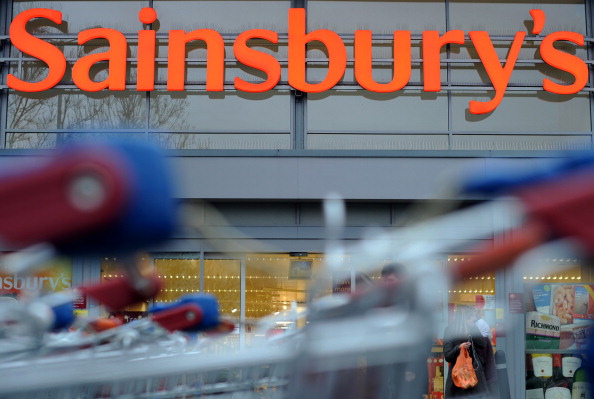Sainsbury’s warns of lower profit as grocer anticipates inflationary pressures

Sainsbury’s has warned of a lower profit for the coming year as the grocer faces uncertainties including high inflation and cost of living pressures on shoppers.
Sainsbury’s posted underlying profit before tax of £730m for the 2021/2022 financial year, a 104 per cent boost on the year prior, but warned of challenges down the line.
Shares dipped more than five per cent in early trading on Thursday morning.
The grocer provided an estimate for underlying profit before tax of a range between £630m and £690m in the 2022/23 full year.
This is below the sum reported in 2021/2022, however the supermarket noted it capitalised on elevated Covid demand last year, to the tune of an estimated £100m.
What’s more, profit was still significantly ahead of the £586m reported in the year prior to the onset of the pandemic.
External pressures and uncertainties would come into play, the grocer warned, including higher operating cost inflation and cost of living pressures impacting customers’ disposable incomes.
Simon Roberts, chief executive of the grocer, said: “We know just how much everyone is feeling the impact of inflation, which is why we are so determined to keep delivering the best value for customers.
“We have been able to drive more investment into lowering food prices funded by our comprehensive cost savings plans. As a result, we continue to inflate behind competitors on the products customers buy most often.”
On an investors call, Roberts said it was “early days” for changing consumer behaviour, with the first hiked energy bills only just coming through this month.
However, he said there were “early signs of customers just being a bit more cautious, watching every penny, every pound.”
The supermarket’s board proposed a final dividend of 9.9 pence per share, bringing the full-year dividend to 13.1 pence per share. This marked a boost of 24 per cent.
For the full year, like for like sales excluding fuel dropped 2.3 per cent. On a total sales basis, total retail sales, including fuel, were lifted 3.5 per cent over the period.
Joshua Warner, market analyst at City Index said: “Sainsbury’s has been busy during the pandemic, restructuring Argos and incorporating more stores inside its supermarkets, shutting underperforming sites and increasing its ability to meet online demand. This has contributed to reducing its cost base and that could prove crucial in helping Sainsbury’s keep prices low amid the inflationary environment.
“The fact it has very little debt apart from property leases will also be welcome and provide further headroom for Sainsbury’s to get through any tough period for the industry and gain market share over rivals, having lost ground to German discounters Aldi and Lidl in recent years.”
Eyes are on M&S final results on 25 May, although Hargreaves Lansdown’s Susannah Streeter said the retailer’s core customers “aren’t as sensitive to price” as rivals like Sainsbury’s.
“Rising input costs across the board are also going to be a significant challenge so although M&S is a lot slicker under the hood with improved terms with suppliers and good cost control there is still a lot of lingering uncertainty,” she added.
As well as battling to keep prices low for shoppers, supermarkets have also pumped hundreds of millions into salary investments for staff.